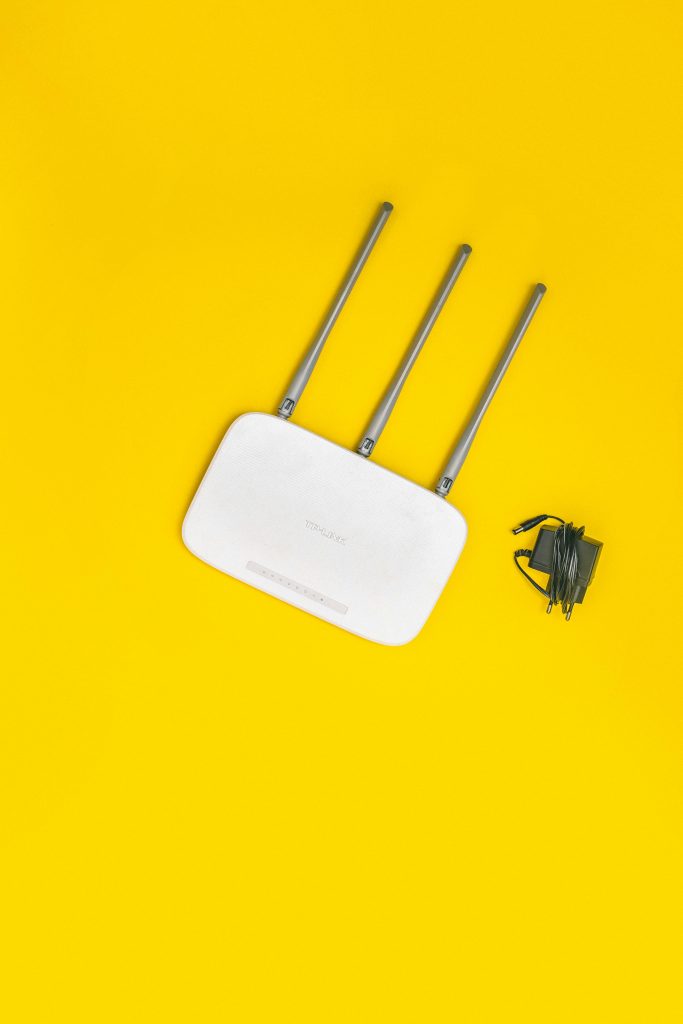Troubleshooting Headphone Issues on Your Laptop: A Frustrating Experience
Are you facing difficulties with your new headset? You’re not alone. Many users encounter problems when trying to integrate new audio devices with their laptops, and it can be frustrating, especially when you rely on your equipment for work or leisure.
Recently, I invested in a pair of Corsair HS35 headphones, excited for the improvement in audio quality. However, when I first connected them, there was no notification of a new audio device, which raised immediate red flags. Upon checking the sound settings, I noticed that my laptop was misidentifying my headset as just a speaker. While I could hear audio through the headphones, the internal microphone of my laptop continued to be the default input device. This disconnect was not only inconvenient but led to a series of troubleshooting attempts that have driven me a bit mad.
I began by reinstalling the Realtek audio drivers specifically designed for my Acer laptop. Initially, this seemed promising as my device recognized the headphones with a proper mic configuration after the reboot. But the convenience was short-lived. After I completed the driver installation—another reboot prompted—my laptop reverted to viewing my headset merely as a speaker again.
Now, utilizing the microphone posed a significant challenge. Each time I wanted to use it, I had to uninstall the Realtek driver, restart my laptop, and select “reboot later” to temporarily restore functionality. Unfortunately, this cumbersome process resets every time I turn off my laptop, forcing me to repeat the steps anew just to gain basic microphone access.
This experience has been incredibly disappointing. While it might seem like a trivial issue to some, I’ve been enduring discomfort from inadequate earbuds for far too long now. With a tight budget, investing in another new headset simply isn’t feasible right now. What was meant to be a simple upgrade has turned into a relationship of stress and hassle.
If you’re in a similar boat, know that you’re not alone. I’d love to hear from others who have navigated similar tech headaches: what solutions did you find to make your audio devices work seamlessly? Sharing experiences might just help us all find relief!
Share this content:




I understand how frustrating it is when your mic isn't working, especially when the headphones themselves are. Let's try to systematically troubleshoot this. It sounds like a common issue, and we can usually pinpoint the problem with a few checks.
Here's a breakdown of steps you can take, ranging from simple fixes to more in-depth diagnostics:
1. Basic Checks (Often Overlooked!):
Is it Fully Plugged In? This might sound obvious, but sometimes a mic jack isn't fully seated. Give it a firm push.
Correct Jack? Many computers have separate jacks for headphones (often green) and microphones (often pink). Ensure your mic is plugged into the microphone jack. If you have a single TRRS jack (often on laptops or phones, which combines audio in/out and mic), make sure your mic is compatible with that type or that you're using an adapter if needed.
Physical Damage?
Mic Cable: Carefully inspect the cable for any kinks, cuts, or fraying, especially near the connectors.
Mic Jack on Headphones/PC: Look inside the jacks for any bent pins or debris.
Mic Itself: Is the attachable mic securely connected to the headphones? Is there a mute switch on the mic or cable that might be engaged?
Try Another Port (if available): If your computer has multiple mic inputs (e.g., front and back), try plugging it into a different one.
2. Software & Settings Checks (Windows Specific, but concepts apply to Mac/Linux):
Sound Settings (Windows):
Right-click the speaker icon in your system tray (bottom right of your screen) and select "Sound settings" or "Open Sound settings."
Go to the "Recording" tab.
Look for your microphone: Do you see it listed there? It might be called "Microphone," "Realtek High Definition Audio," "USB Audio Device," etc.
Is it enabled? If you see it, right-click on it and make sure "Enable" is checked. If it's greyed out, it might be disabled.
Set as Default Device: Right-click your microphone and select "Set as Default Device" and "Set as Default Communication Device."
Check Levels: With your mic selected, click "Properties," then go to the "Levels" tab. Make sure the microphone volume isn't at zero and that it's not muted (speaker icon next to the slider). You might need to boost it.
Listen to this device (for testing): In "Properties," go to the "Listen" tab and check "Listen to this device." This will play your mic input through your headphones, allowing you to hear if it's picking up sound. Remember to uncheck this after testing to avoid feedback.
Privacy Settings (Windows 10/11):
Go to "Settings" (Windows Key + I).
Click on "Privacy & security" (or just "Privacy" in older versions).
Under "App permissions," click "Microphone."
"Microphone access": Make sure this is "On."
"Let apps access your microphone": Make sure this is "On."
Scroll down and ensure that specific apps (like Discord, Zoom, browser, etc.) that you want to use the mic with are allowed access.
Device Manager:
Right-click the Start button and select "Device Manager."
Expand "Audio inputs and outputs."
Look for your microphone. If you see a yellow exclamation mark or a red "X," there's a driver issue.
Right-click on it and select "Update driver." You can try "Search automatically for drivers" first. If that doesn't work, go to the manufacturer's website for your sound card or motherboard to download the latest audio drivers.
You can also try "Uninstall device" and then restart your computer. Windows will usually reinstall the generic driver upon reboot.
Important Note: Do not uninstall your main audio drivers unless you know what you're doing, as it could stop all sound from working until reinstalled. Focus on the microphone entry.
3. Test with Another Device/Application:
Try on a Different Computer/Phone: If possible, plug your headphones and mic into another computer, a laptop, or even a smartphone (if it has a compatible jack or you have an adapter). This helps determine if the issue is with your headphones/mic or your original computer.
Test with Another Application: Try using the mic with a different application (e.g., Windows Voice Recorder, a different game, Zoom, Google Meet). This helps rule out an issue with a specific application's settings.
4. Advanced Troubleshooting/Specific Scenarios:
TRRS vs. TRS Jacks:
TRS (Tip, Ring, Sleeve): Typically for stereo audio (headphones) or mono audio + microphone (older separate mics). A 3-pole jack.
TRRS (Tip, Ring, Ring, Sleeve): Combines stereo audio and a microphone into a single 4-pole jack, common on laptops, phones, and gaming consoles.
If your headphones have separate mic and headphone plugs (TRS) but your computer only has a single combined jack (TRRS), you'll need a "Y-splitter" adapter. This converts the two TRS plugs into one TRRS plug. Make sure you have the correct adapter.
USB Microphones: If your microphone is USB, the above steps for device manager and sound settings still apply, but you'll be looking for a USB audio device rather than an integrated one. Try different USB ports.
Headset Software: Some gaming headsets come with their own software. Check if there are any mic settings, gain controls, or mute options within that software.
Reinstall Audio Drivers: If all else fails, a complete clean reinstall of your audio drivers can sometimes resolve stubborn issues. Go to your PC manufacturer's website or your motherboard manufacturer's website, download the latest audio drivers, and follow their installation instructions.
When you respond, please tell me:
What type of headphones/mic are they? (Brand and model, if possible)
How do they connect to your computer? (e.g., single jack, two separate jacks, USB)
What operating system are you using? (Windows 10, Windows 11, Mac, etc.)
Have you tried any of the steps above already, and what were the results?
The more details you provide, the better I can help you narrow down the problem!
Possible Solutions for Headset Microphone Recognition Issues
It sounds like your laptop is defaulting to the internal microphone despite the headphones being properly recognized as audio output. Here are some steps you can try to resolve this issue: